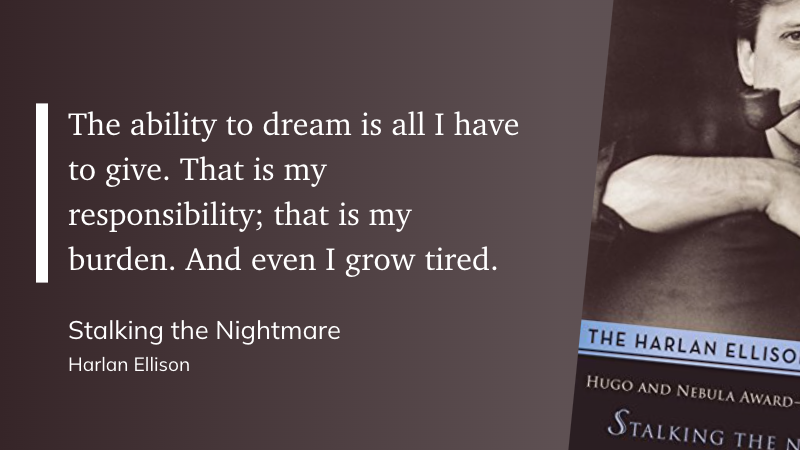
Struggling with a creative block can feel like being stuck in quicksand—every effort to escape seems to pull you deeper into frustration. You stare at the blank page or screen, willing for an idea to spark, but nothing clicks. Before you resign yourself to despair, let these seven remarkable books be your lifeline. Each one offers a unique perspective on overcoming creative hurdles, from grappling with perfectionism to finding inspiration in unexpected places. Dive into these stories of struggle and triumph, and rediscover the magic of creativity in the most unexpected ways.
The Luminous Novel by Mario Levrero
Levrero’s diary kept during his Guggenheim fellowship, chronicles his struggle to write a novel. It captures the essence of a creative block with dry humor and honesty. His distractions and failures reveal that creative work often involves attempting the impossible and finding meaning, even in failure.
- Levrero, Mario (Author)
- English (Publication Language)
- 431 Pages – 08/03/2021 (Publication Date) – And Other Stories (Publisher)
Scratched by Elizabeth Tallent
Tallent’s memoir explores her 20-year struggle with perfectionism after early literary success. Through her dense, introspective prose, she examines how perfectionism stifles creativity, ultimately learning to embrace imperfection and reality over-idealized art.
- Hardcover Book
- Tallent, Elizabeth (Author)
- English (Publication Language)
- 240 Pages – 02/25/2020 (Publication Date) – Harper (Publisher)
Wonder Boys by Michael Chabon
Chabon’s novel follows Grady Tripp, a writing professor stuck in a never-ending manuscript. Amidst personal chaos, Tripp’s creative struggle highlights how we create our own obstacles. The book offers solace and humor for anyone feeling creatively isolated.
- Chabon, Michael (Author)
- English (Publication Language)
- 368 Pages – 04/29/2008 (Publication Date) – Random House Trade Paperbacks (Publisher)
Where Good Ideas Come From by Steven Johnson
Johnson’s book shifts focus from individual creativity to environments that foster innovation. Exploring how ideas develop through serendipity and collaboration encourages cultivating variety and openness in one’s creative process.
- Johnson, Steven (Author)
- English (Publication Language)
- 344 Pages – 10/04/2011 (Publication Date) – Riverhead Books (Publisher)
So Many Olympic Exertions by Anelise Chen
Chen’s novel blends fiction and nonfiction. It follows Athena’s struggle with her dissertation amidst personal tragedy. The book critiques society’s obsession with achievement through sports metaphors and offers a reevaluation for those stuck in their projects.
- Chen, Anelise (Author)
- English (Publication Language)
- 232 Pages – 06/27/2017 (Publication Date) – Kaya Press (Publisher)
What It Is by Lynda Barry
Barry’s unique work combines a graphic memoir, a meditation on creativity, and an activity book. Her collages and exercises emphasize play and relinquishing control to revive creativity, arguing that embracing the unknown can overcome creative blocks.
- What It Is
- Hardcover Book
- Barry, Lynda (Author)
- English (Publication Language)
- 209 Pages – 05/13/2008 (Publication Date) – Drawn and Quarterly (Publisher)
Out of Sheer Rage by Geoff Dyer
Dyer’s account of his failed attempt to write about D.H. Lawrence is filled with humorous distractions. His book demonstrates that the obligations of creative work are not as rigid as they seem, offering a liberating perspective on tackling creative blocks.
- Dyer, Geoff (Author)
- English (Publication Language)
- 256 Pages – 11/10/2009 (Publication Date) – Picador (Publisher)
The Paris Review Interviews, Vol. 1
This collection features interviews with great writers discussing their creative processes and struggles. The practical advice and diverse voices provide reassurance and inspiration, emphasizing that there are many ways to create art and encouraging readers to be true to themselves.
- The Paris Review (Author)
- English (Publication Language)
- 528 Pages – 10/17/2006 (Publication Date) – Picador (Publisher)
The Eclectic Educator is a free resource for everyone passionate about education and creativity. If you enjoy the content and want to support the newsletter, consider becoming a paid subscriber. Your support helps keep the insights and inspiration coming!










